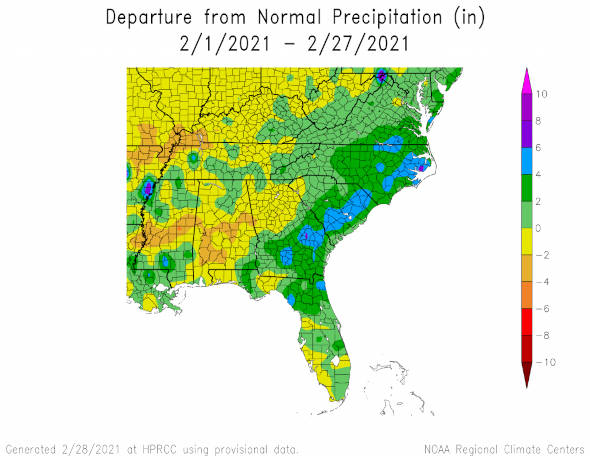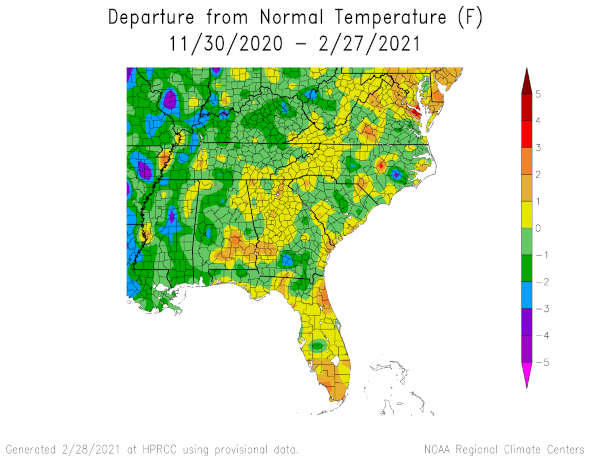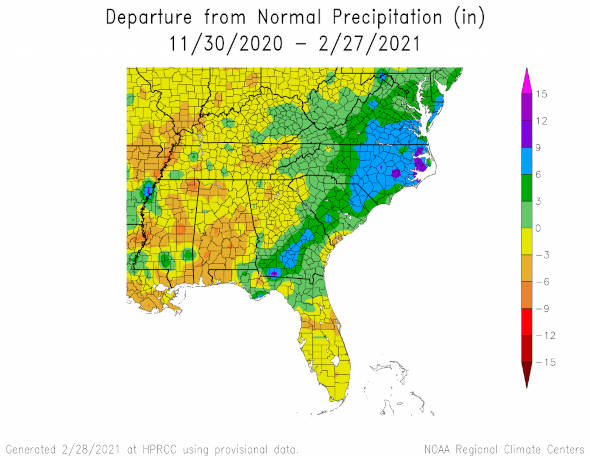By Amy Mayer
Zack Smith pats the snout of a pig that stretches up to greet him from inside the back pen of a mobile barn. On this field, Smith planted alternating sections of corn and pasture, to test an experiment he calls “stock cropping.”
“This is our answer for putting diversification and multiple species back on the land,” he says. “And we’re going to have a four-ring circus, was my idea, of animals parading through, grazing and laying their manure down.”
The pen in front of the barn houses the goats and sheep, which chomp through the tall sorghum-Sudan grass. They can shelter under a roof, which is angled to collect rainwater. The pigs also have access to the shelter, but they are separated from the small ruminants by the center of the unit, which offers the animals their supplemental feed and water.

The chickens are the last species through the pasture and one of their jobs is to keep down the fly population.
“We call it the ClusterCluck 5000,” Smith says. He and his business partner, Sheldon Stevermer, who is a farmer and an engineer, designed and built the system. Solar panels, web cameras and autonomous movement are among the technologies they’ve deployed. And there’s more to come.
“You could have an app on your phone and say ‘move the barn’ and hit the button, and Siri would make the barn move ahead for you,” Smith says.
Stock cropping is Smith’s attempt to mix some of the best practices of the past, such as raising multiple kinds of livestock on the same land as crops are planted, with modern ideas that will slowly steer agriculture toward a more environmentally sustainable future.
“I’m part of the Big Ag machine,” he says. “It’s like anything. It’s the Titanic. It doesn’t just spin on a dime.”

Zack Smith follows some of his goats and sheep out of the mobile barn and into the front pen, where the small ruminants will eat down the pasture.
Smith is a fifth-generation Iowa corn and soybean farmer, who also has seed and chemical input businesses. He says he’s aware of the privilege that lends him, such as the fact that his family owns the ground he’s experimenting on so he has more ability to take risks. But he also sees how much his part of rural north-central Iowa has changed since the 1950s.
“Within one mile of the stock cropper there were 16 farm families that made their full living off the land,” he says. “And there’s one left in 2020.”
His experiment has three goals: improve soil for better crops, direct-market meat to customers, and revitalize rural communities. His ambition goes far beyond his own operation. He and Stevermer filed patents on their Cluster Cluck technology and hope to eventually make the barns available and affordable for others.
“Some of the funds that we’ve gotten from some of the bail-out money and packages we’ve had have actually applied toward this system,” he says, referring to trade aid from the Market Facilitation Program and farm support through the CARES Act. “Because I figure,if I’m going to get taxpayer dollars, I’m going to put it toward something that could develop something positive for the future for other farmers as well, not just myself.”
To reach farmers and others who might be interested, Smith maintains an active social media presence, including a YouTube channel with videos that chronicle the season.
Soil and water quality
Ben Hollingshead is an agronomist with Key Cooperative in Kelly, Iowa, and he’s been following Smith’s experiment on Twitter. Hollingshead says the pasture plants will improve the soil, creating a better starting point for the crops planted on that spot the following year.
“The more species, and different types of roots, that you have in that soil makes that soil more resilient, more apt to be able to hold nutrients,” Hollingshead says. The animal manure will contribute nutrients that may be less vulnerable to leaching or running off than chemicals applied during the growing season.
“The more resilient we continue to make that soil, the less apt you’re going to have that runoff, erosion and those types of loss scenarios,” he says.
And because the pasture sections break up the corn, more of the corn plants are growing on the edge of a section, which can slightly increase yield thanks to better sun exposure. But Hollingshead cautions that this can backfire in a very hot year when those edge rows can end up getting too much heat. Hollingshead says Smith’s ideas are intriguing.
“This is fantastic, I think, from an environmental standpoint, but you’ve got to be able to make a living at what you’re doing,” he says.

The sheep and goats are the lawn mowers of the stock cropping operation, says farmer Zack Smith.
The current agriculture economy has been struggling, and that makes it very difficult for many farmers to even consider changes, despite growing recognition that longer crop rotations, cover crops or other conservation practices can have long-term benefits for the land and the bottom line. It’s the short-term math that doesn’t always add up.
Local meat
When Smith harvested the corn on this experimental plot, he got a satisfying but not wow-ing yield average of 262 bushels per acre. But because of the way he plans to stack his commodity crop and direct-sales meat enterprises, he finds that figure acceptable, as he discusses in his harvest video.
“The thing that makes me the happiest in the whole deal is the fact that the corn will be the least-profitable piece in the puzzle,” he says. “The value of what we’re producing with the livestock and walking them off, and selling them directly to consumers, we’re going to be significantly better off than if we just had corn on that field.”
The meat he’s raising is not destined for a major meatpacker and a grocery store shelf. He plans to appeal directly to discerning consumers’ values by presenting the soil and water quality benefits of his system and, he hopes, a calculation that shows the carbon footprint for a pound of meat is lower in his system than the conventional one.
“It all hinges on being able to produce grass-fed, pasture-raised meats either for a local or more regional market and getting a premium for that meat,” says Meghan Filbert, livestock program manager at Practical Farmers of Iowa.
“Do the majority of Iowans care enough, do they actually want this?” she asks. “I’m not sure that’s the case.”
Click here to see more...